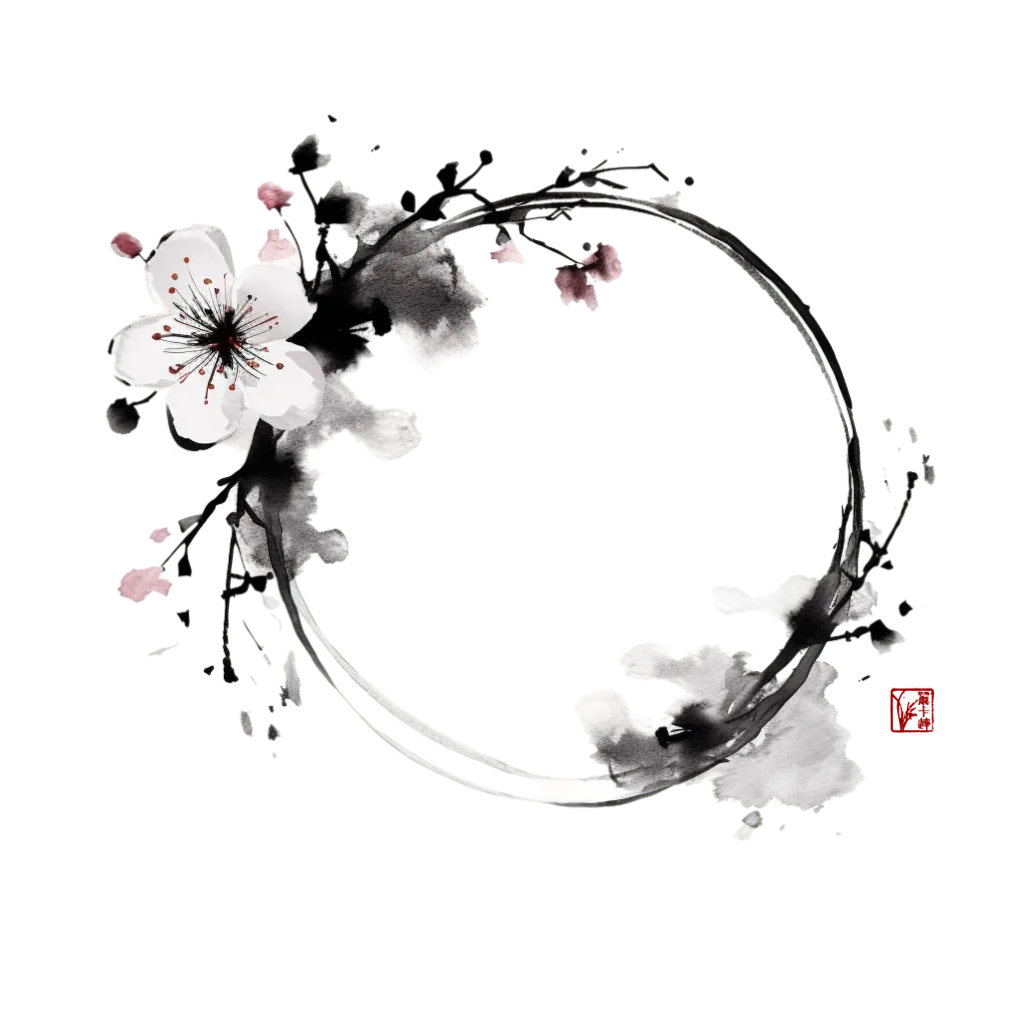Tales by the Wanderer
[Video] Niu Chun Ming – student of Yang Chengfu – performing Tai Chi (taiji) #taichi #taiji
The Tao (Taoism | Daoism)

The Tao (the Dao), often translated as “The Way,” is a central concept in Chinese philosophy and religion, particularly in Taoism. It is considered to be the underlying principle of the universe, encompassing both the natural world and the unseen forces that govern it.
The Tao is characterized by qualities such as harmony, balance, and flow. It is seen as the natural order of things, the source from which all existence arises and to which all things return. The Tao is often depicted as a dynamic and ever-changing force, symbolized by the yin-yang symbol, which represents the complementary and interdependent nature of opposites.
Central to the philosophy of the Tao is the concept of wu wei, or “effortless action.” This idea emphasizes the importance of living in accordance with the natural flow of life, rather than trying to force outcomes or exert control. It suggests that true wisdom lies in embracing change and uncertainty, and allowing things to unfold naturally.
The Tao also emphasizes the importance of simplicity, humility, and mindfulness. It teaches that by letting go of attachments and desires, and by cultivating inner stillness and awareness, individuals can find peace and contentment in the present moment. Ultimately, the goal of following the Tao is to achieve a state of harmony with oneself, with others, and with the world around them.

[Video] T.T. Liang presenting the Yang style Tai Chi (Taiji) Sword Form
Embark on a journey through the ma
The History of Taijiquan
[Video] Yáng Shǒuzhōng (Yang, Sau Chung) showcasing the Yang Style Tai Chi Form
 This Video series on YouTube highlights Taiji and other Internal Martial Arts Masters particularly of the old days. Please note that especially those videos of the early 20th century might be of fairly bad quality. However they are valuable sources of history and skill. In this video:
This Video series on YouTube highlights Taiji and other Internal Martial Arts Masters particularly of the old days. Please note that especially those videos of the early 20th century might be of fairly bad quality. However they are valuable sources of history and skill. In this video:
Yáng Shǒuzhōng (Yang, Sau Chung) showcasing the Yang Style Tai Chi Form – Yáng Shǒuzhōng is the eldest son of Tai Chi Grandmaster Yang Cheng Fu.
[Video] Sun Lutang Tai Chi – Slideshow
What is Wu Wei?
[Video] Cheng Man Ching performing his 37 Tai Chi (Taiji) Form
 This Video series on YouTube highlights Taiji and other Internal Martial Arts Masters particularly of the old days. Please note that especially those videos of the early 20th century might be of fairly bad quality. However they are valuable sources of history and skill. In this video:
This Video series on YouTube highlights Taiji and other Internal Martial Arts Masters particularly of the old days. Please note that especially those videos of the early 20th century might be of fairly bad quality. However they are valuable sources of history and skill. In this video:
Delve into the timeless elegance of Professor Cheng as he unveils his 37-step open hand form in archival footage from the 1960s, captured in striking black and white.
Despite the silent ambiance, the exceptional quality of the footage captures every subtle movement with remarkable clarity, offering a definitive portrayal of this revered form.
As the camera attentively tracks his every motion, Professor Cheng’s performance radiates a rare blend of grace and power, showcasing the essence of Tai Chi mastery. His fluidity and focus are a sight to behold, effortlessly illustrating why he remains a legendary figure in the world of push hands. Though he may be physically absent, Professor Cheng’s enduring impact continues to inspire all who have been touched by his teachings and artistry.
Visit the website for more: tales.brush-and-tale.com
Chen Fake
[Video] Cheng Man Ching performing the Tai Chi (Taiji) Sword Form
[Video] Dong Yingjie (Tung Ying-chieh) performing the Tai Chi Yingjie Fast Form (英傑快拳)
 This Video series on YouTube highlights Taiji and other Internal Martial Arts Masters particularly of the old days. Please note that especially those videos of the early 20th century might be of fairly bad quality. However they are valuable sources of history and skill. In this video:
This Video series on YouTube highlights Taiji and other Internal Martial Arts Masters particularly of the old days. Please note that especially those videos of the early 20th century might be of fairly bad quality. However they are valuable sources of history and skill. In this video:
Dong Yingjie (Tung Ying-chieh) performing the Yingjie Fast Form (英傑快拳) which he developed and was later expanded upon by his sun Dong Huling.

![<span class='p-name'>[Video] Cheng Man Ching 37 Movement Tai Chi (Taiji) Form – colorized video #taichi #taiji</span>](https://brush-and-tale.com/wp-content/uploads/2024/04/TheWanderer-Sumie-Painting-13.png)





